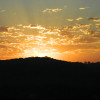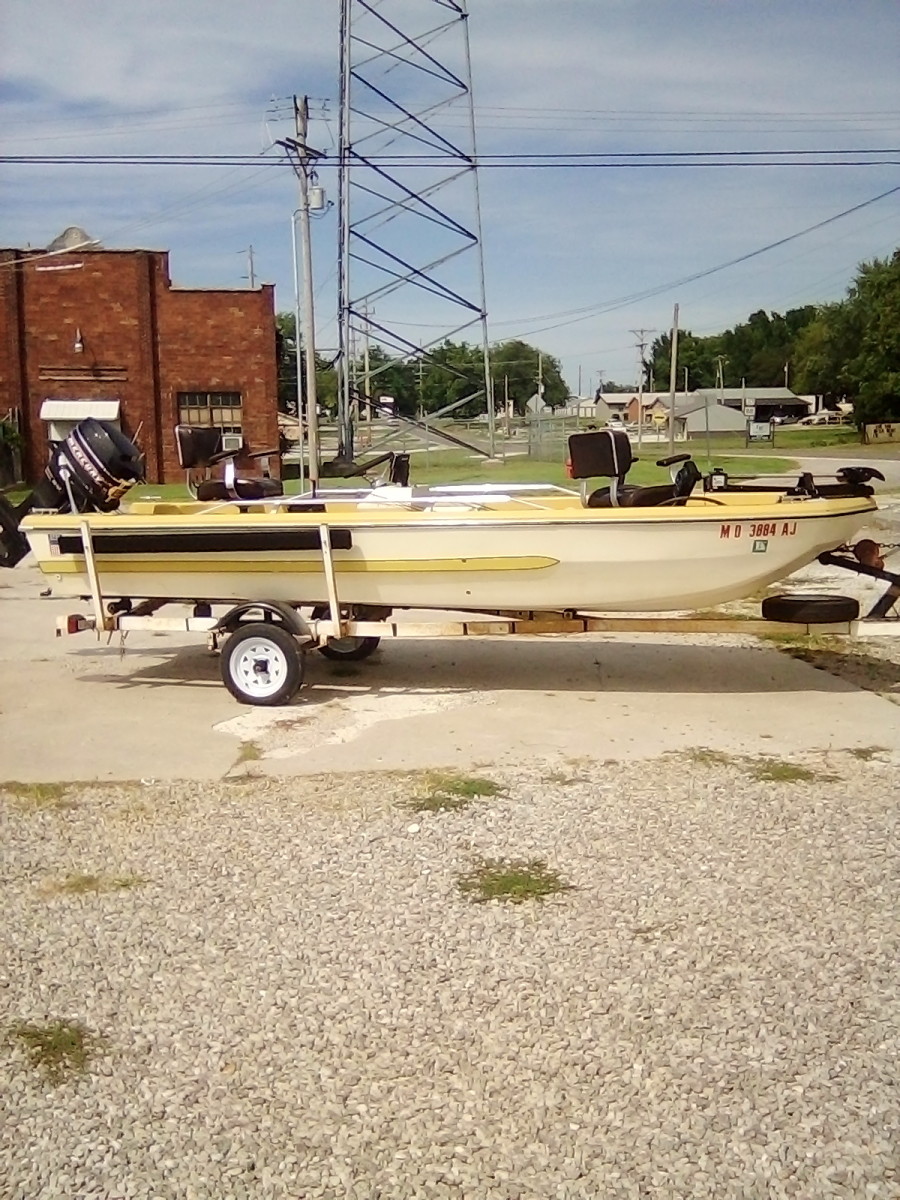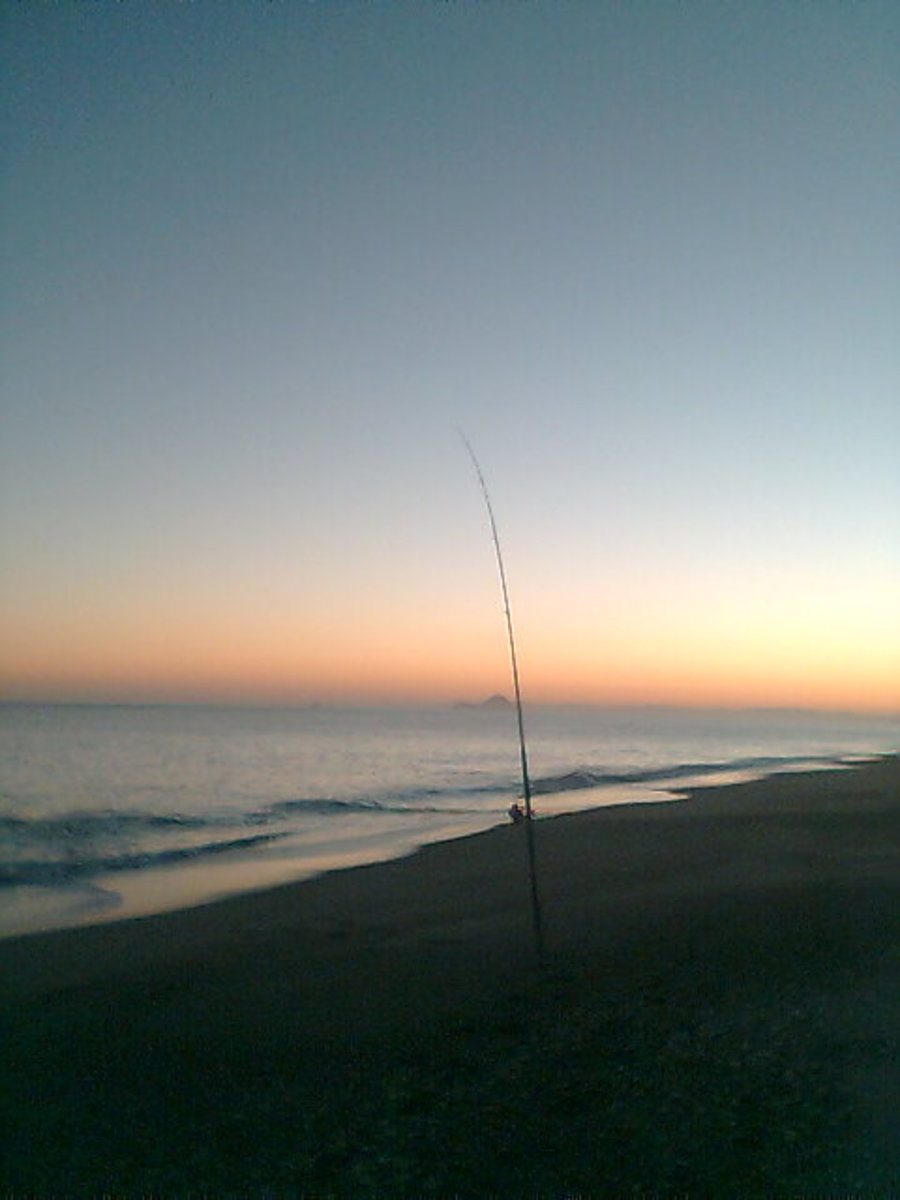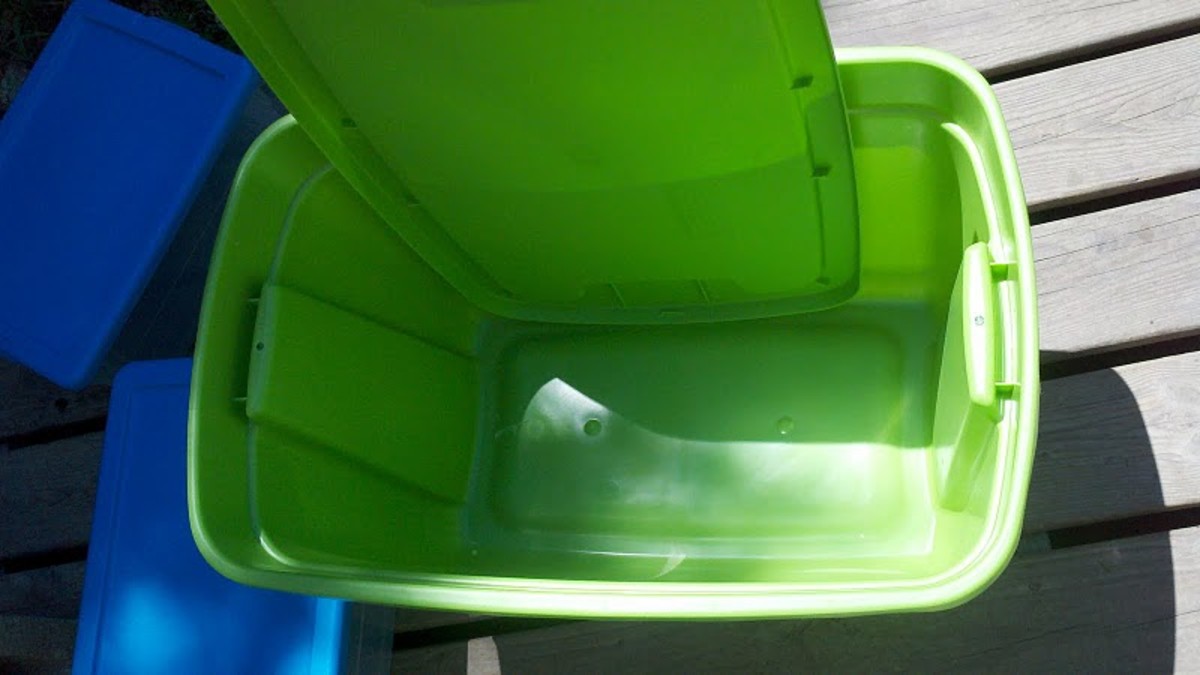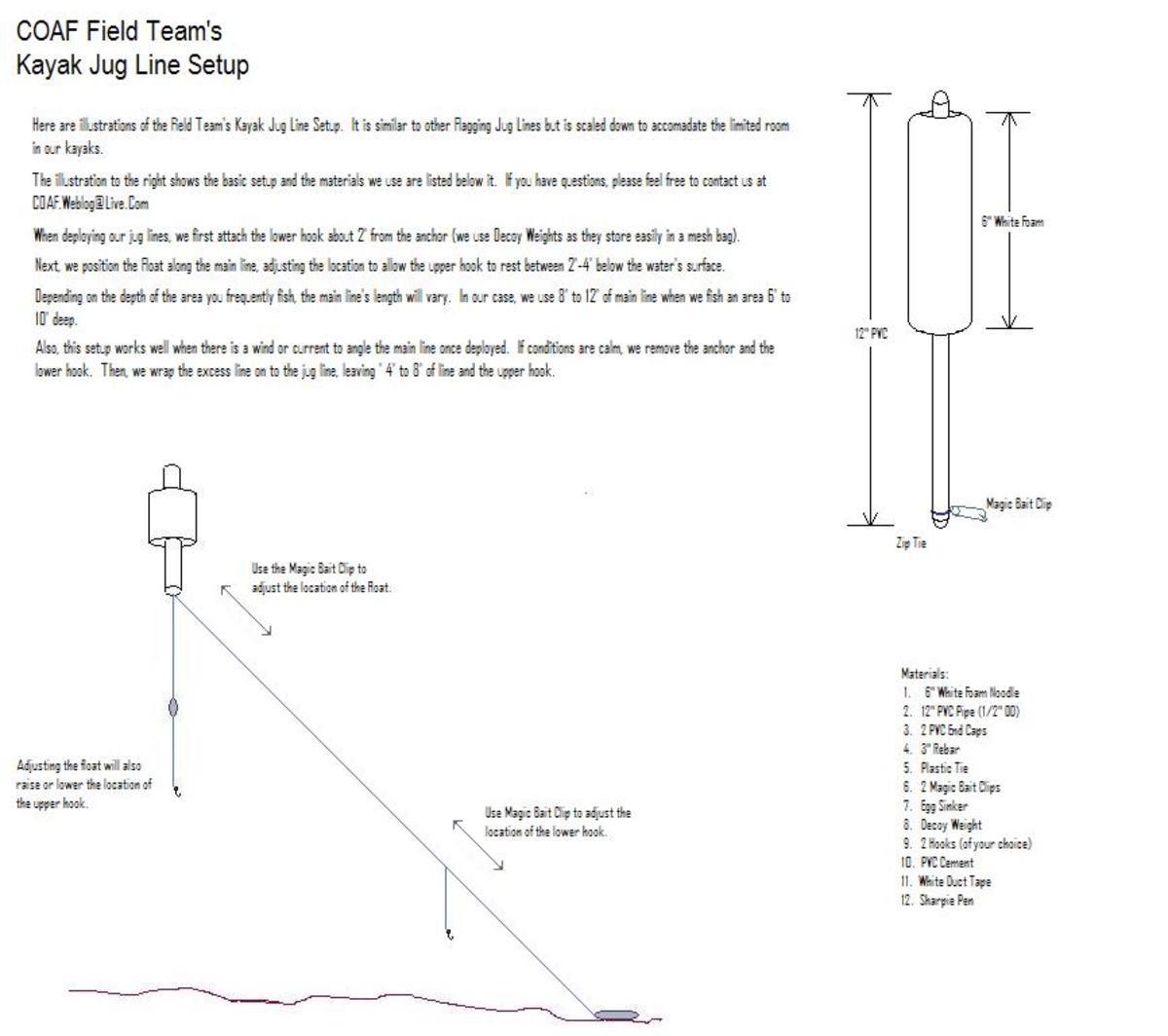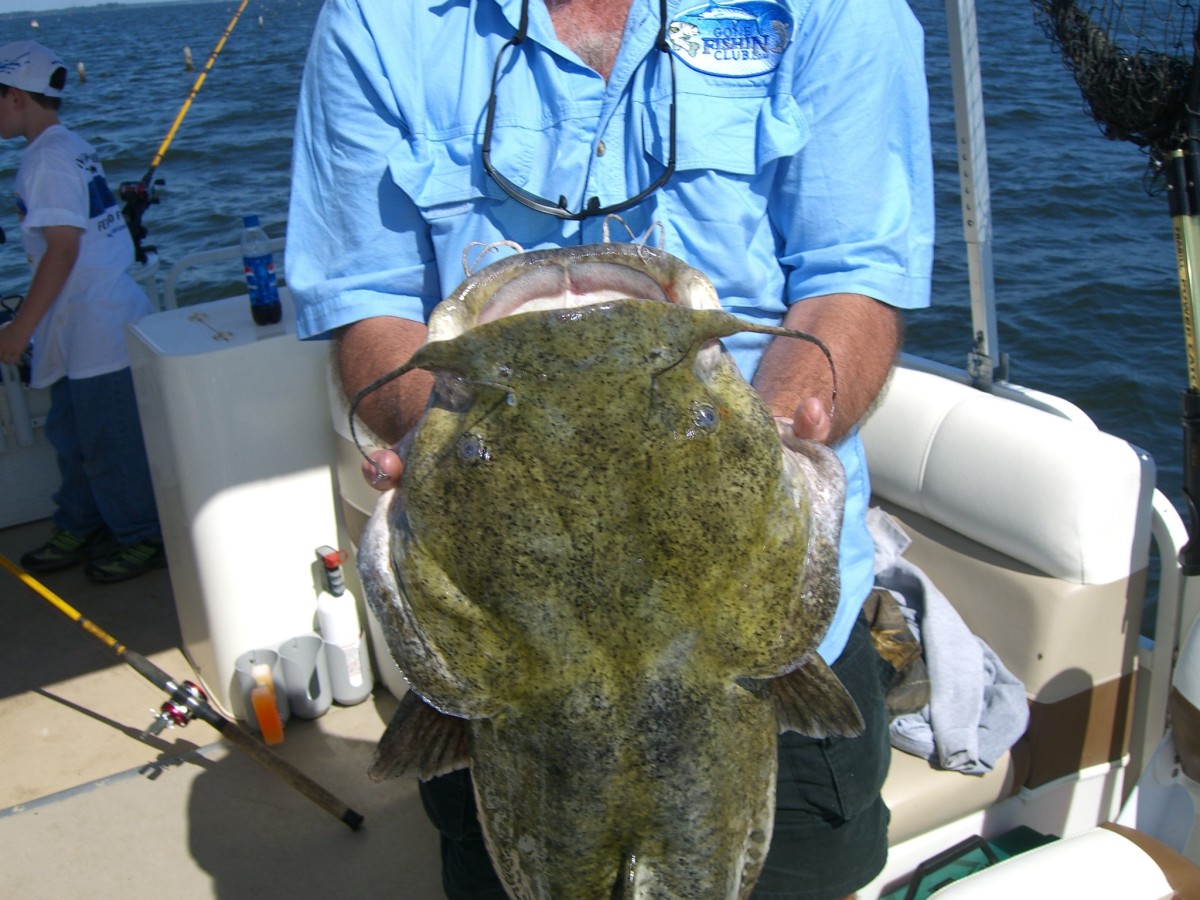How you can catch fish where others don't (or won't or can't) A personal reflection
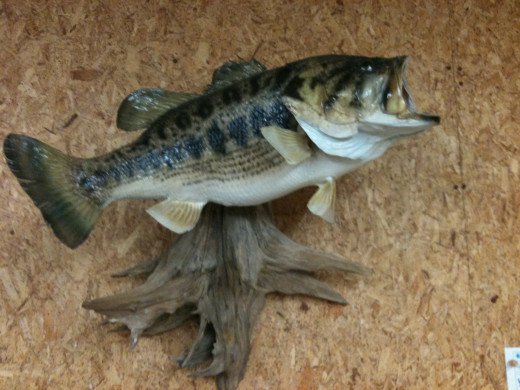
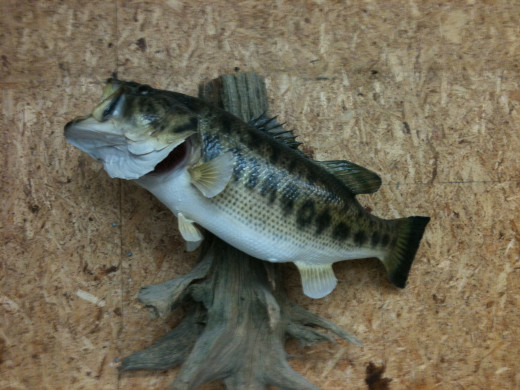
When I was just a wee little lad, my Father took me fishing at my Grandpa’s farm. Grandpa had a couple of ponds on his farm of just over a hundred acres, and my Father rarely went to the farm on Sunday after church. Normally, my Mother would drive my sisters and I there, where Grandma had made Fried Chicken, real Mashed Potatoes, Chicken Gravy, and usually Corn on the Cob and Green Beans with Bacon in them. My stomach rumbles with delightful anticipation simply by dredging these words out of my memory. Occasionally, my Father would deign to come along, and it was usually because he wanted to fish. We had fished a couple of other farm ponds in years past to catch Largemouth Bass and Bluegill to stock Grandpa’s ponds, and later my Mother’s Sister’s ponds on the property adjoining Grandpa’s. We would spend a few pleasant hours there, catching these small bass and perch, and at that age, it was enough.
At age 8, he took me on my first boat fishing adventure to Bull Shoals Lake. I caught my first White Bass, first Smallmouth, and first Crappie there that day. We trolled, as that was his favorite way of fishing. To me, it was unbelievably boring, sitting there holding the rod out over the water, going so slowly and waiting, hoping something, anything would happen. As I grew older, I also grew away from that time honored technique, and began to branch out, wading creeks and rivers around the area, until I somehow knew that I would always catch fish; I never doubted myself. Why? Because I had learned something a lot of anglers still do not know or understand.
Rule #1 By covering a lot of water quickly, you are assured of putting your lure in front of a hungry, angry, or agitated fish more often.
The bottom line is this: if you move slowly, or stay in one small area, you might eventually persuade a fish to hit. But really, how many fish live in the area you are fishing at that moment? Can you tell? Are you able to see under the water? Most of us are not able to do this, so we sit blindly casting again and again and again using that same lure you caught a big one on that one time long ago in this same spot. People, more often than not, you’re beating a dead horse.
Move; walk around; search out other areas that could hold fish. On a creek, I rarely stop moving. I constantly step slowly forward as I go, only hesitating if I get a solid hit and miss it. Then I will halt long enough to try a couple of more well placed casts. If I do not get another hit, I continue on. To put this type of action into another sport, how many of you know someone who hunts the same stand, or corn field, or creek bottom because they always see something, but rarely if ever shoot something? I’ve been guilty of exactly that; I’m sure a lot of us have. Now think of a fisherman doing the same thing. You see fish in the pool, you might have even hooked one or two; but you do not consistently catch a good amount of fish there. If so, why keep going there?
Move! If you are in a stream, move upstream slowly, casting ahead of you as you go. Now, where to cast to? Current breaks, in the form of downed trees, rocks, locations where other streams flow into the main one all are examples of current breaks. Current brings food, and oxygen, to the fish. Would you like to have to eat if you were constantly running or standing and walking? Fish don’t want to either. They will find something that moves the current around them, allowing them to hold quietly without much effort while watching for food to come by. Effort equals work, and work requires food. Each break might hold one or two fish, so hit them all as you move. The more locations you can cast to, the more your odds of finding an aggressive fish that is ready to feed increase. To show you how moving can pay off in a lake, I was fishing a Bass Tournament in early April one year. The water temperature was 39 degrees on the main lake. The normal pattern to catch bass on this lake at this time of year was to pound the points that had trees on them in 20 to 40 feet of water using a weighted Rogue. One would cast into the trees and allow the lure to be worked slowly through the trees, hesitating and suspending the lure in front of the hidden bass. It can work, and there have been some huge bass caught there using this method. On this day, nobody was catching anything, and people were zipping from one point to the next, often pulling into a location as someone else was leaving. I wanted something different. A river ran into the lake nearby, and I knew this particular river ran at about 50 to 60 degrees year round, as it was spring fed. I moved up it, searching farther and farther until I found a submerged pond on one side. I eased my boat over the broken out dam of the pond, and into the pond itself. As I continued casting around the pond, I found water temperatures nearing 65 degrees. My spinnerbait was the key, as these fish were active and hungry after a long winter. An hour later, I was running back down the river with a limit of bass and to the campground for the weigh in. First Place was mine, and the next four stringers together didn’t add up to my stringer alone. Lesson: search, you might well find a certain hotspot no one else thought of looking for.
Another time, I was fishing in Canada on Lake of the Woods. We were in Stevens Bay at the rear of the bay catching Pike like crazy. My Brother in Law Robbie wanted to try for some Largemouth Bass. These fish, while easy to find farther South were not so easy to find this far North. But we gave it a shot. We began searching various areas and finally hit on a pattern. Casting 7 inch Firetail Gatortail worms rigged weightless and weedless beyond the weed patches and onto shore. We would slowly drag them off of the bank and into the two or three feet of open water behind the weeds. That was where the Largemouth were that trip. Robbie and I brought back in to camp ten Largemouth from 2 1/2 to almost 6 pounds. The man who owned the camp, who grew up on it after his Father had founded it the camp in the late 40's, tried to buy the largest bass from me because he had never seen a Largemouth Bass that big in his entire life on the lake! He settled for some pictures to use in his brochures, and a marked up map and lure samples in exchange for a day spent being guided for Muskie. It was a good trade.
Rule #2 Find a lure you have confidence in and learn to work it well.
They say that 90% of the fishing lures are made to catch fisherman. Think about it: how many times have you bought the latest, greatest, newest, hottest lure at the store, and not caught a thing on it? Not to name names, but I remember the Dancin’ Eel, Banjo Minnow, Helicopter Lure and others just like these that sold like crazy; yet I never met a single person who caught very much on them. I have, over the years, developed a small group of lures I have absolute confidence in, and learned to fish them well under several conditions. My primary fish of choice has always been the Largemouth Bass, as it is so predominant in my area. I love the Smallmouth Bass, Rainbow Trout, and will occasionally seek out a Channel Catfish spot. My goal is to find a way to go after Brown Trout (I've only caught one in my life, but it was on a fly rod using a fly I tied. What a rush!), and maybe even a Cutthroat. Maybe someday, and for those species I will have to find something that works for me and them. But for Largemouth Bass, I use the following for better than 95% of my time on the water: a black 3/8 oz. #6 to 8 Willow Leaf Spinnerbait with a trailer hook (this is crucial); a 4” Bubblegum Pink French Fry plastic worm; and a 3 ½” Zara Spook in a Fluorescent Green Crawdad color. I have absolute confidence in the first two, and just have a blast in certain times of the year with the Spook. I will also use a Black ½ oz. Buzz Bait in the Springtime in certain areas. Beyond those four lures, I almost never use anything else.
They will tell you that you need to use a light colored lure in clear water, and a dark lure in murky or stained water. I tend to believe the latter, but I use my Black Spinnerbait in every water condition, be it crystal clear or chocolate mud. Some of my best catches using this lure have occurred in clear water.
One year, a Professional B.A.S.S. fisherman from our town took my Father, Brother in Law and me to a local big bass lake, Table Rock Lake in the middle of Winter. He had won a couple of tournaments that year, and was one of the hottest fishermen on the tour at that time. My Father had bought one of his old boats, with the added benefit of his taking us out a few times when he could. This was one of those times. The air temperature was around 45 degrees, and the water hovered around the high 30’s. The normal way to fish this lake at this time of year was to find a creek or river channel with a solid drop off and use spoons jigging up and down. It didn’t take too long for my Brother in Law and I to get tired of this repetitive up and down motion, hovering over fish 50 feet deep. We caught one or two in a couple of hours. Enough. Robbie, my Brother in Law and I said we were moving to a nearby bank to cast. Randy, the Pro, laughed, saying the bass weren’t on the banks at this time of year; it was too cold. We moved off anyway. I put on my Spinnerbait, Robbie put one on as well, and we began casting. Inside of 50 yards, we both had nice bass on. Mine went 4 pounds; Robbie’s just a bit smaller. We held them up to show the other boat, then cast some more and caught more. Robbie and I limited out; my Father and the Professional Bass Fisherman caught two more small ones. Lesson: don’t be afraid to do something different, and use the lure you have confidence in.
Rule #3 Do not be afraid to get wet.
If you are fishing from the bank, you are limited as to how effective you can be in certain locations. I love wading in the water no matter the time of year. If you are in the water, you have more options as to where you can cast, how you can present your lure, and you will get to other spots a bank fisherman can’t. I went to a local lake one March with a couple of friends. One of them had a brother that went along that day. They fished from the bank, and I let them work in front of me the entire way. My confidence was such that even fishing "used" water, I knew I would catch fish. I had a nice set of neoprene waders, so I stepped off into the water to cast. After two hours of fishing, the three on the bank had one small bass; I had caught and released fifteen bass in water they had already fished. We all were using spinnerbaits, so the lure choice was out of the equation. The only difference was presentation; I had options they didn’t. I could cast to areas that were inaccessible to them due to trees or bushes or stumps. I could maneuver better, easier, more effective. I caught fish they couldn’t.
Time and again, these three simple rules have put me into fish when others are unable to catch anything. You can do the same if you follow them like I do.
1) Don’t be afraid to move often.
2) Find a select few lures; learn to use them well; have confidence in them.
3) Get into the water to fish. You are offered more opportunities from the water level than above and out of it.
Get out there this Spring, and have fun! And don’t forget to take a kid fishing with you. Pass this love of fishing on to the next generation. They’ll thank you for it in years to come.
